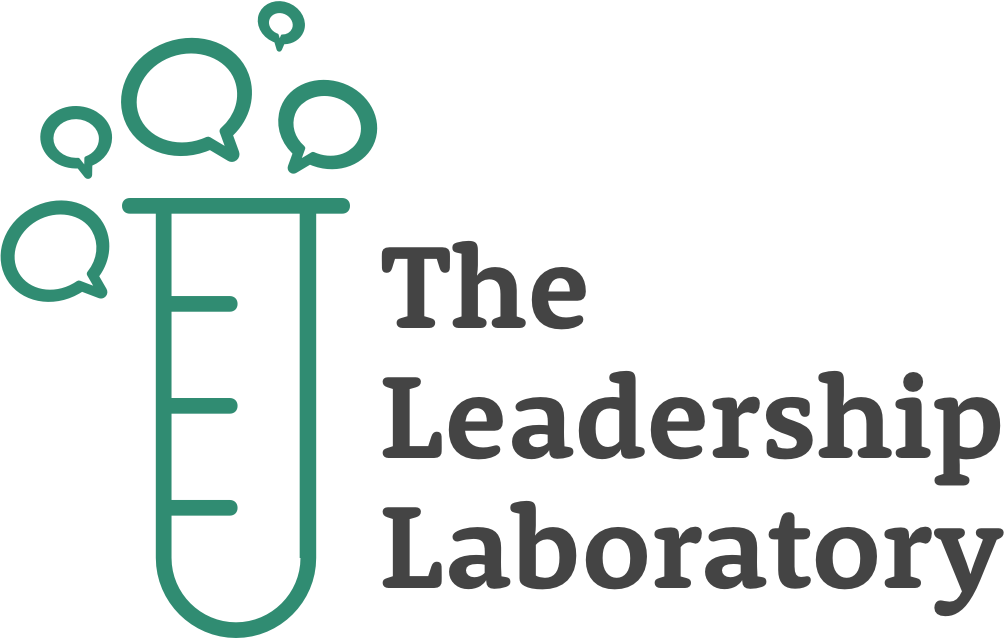Written by Jacob Goldstein — Executive Director
Interested in workshops on this topic for you and your team? Visit the Organizational Development + Design page for recommended interactive learning experiences from The Leadership Laboratory for emerging and established leaders in your organization.
Like many people around the world, I spend time on January 1st reflecting on my New Year’s Resolutions. By the end of the year, what goals do I want to accomplish? As leaders, we have an obligation to do this for our teams as well.
What is a Current State / Future State Analysis?
At the start of each new year, I write down my goals into two categories: Current State and Future State. For each of my goals, I get to the specifics. How fast can I currently run a mile? How many push-ups can I do? What’s my current level of Spanish? How many hours do I spent volunteering? Writing this down in the Current State is an opportunity for me to share the facts. Instead of a SWOT analysis, which focuses on strengths and weaknesses, the Current State is a judgement-free opportunity for me to share where I’m currently at. The focus is not about where I’m currently at, but where I want to go.

On the opposite side of the spectrum is the Future State. It’s here where I write the specifics of where I plan to be on December 31st of that year. I’d like to be able to run a 7 Minute mile. I’d like to be able to do 50 Pushups without stopping. I’d like to be at an Intermediate Spanish level. I’d like to be volunteering at least one hour a week. Suddenly, the target has been set, and the natural questions are asked – how do I get from my current state to my future state?
Creating a future-focused target makes it easy to be able to put together an action plan. If I currently run a 10 Minute mile in January and want to be able to run a 7 Minute mile by December, I can put together a measurable plan. What if I work to run a 9:30 Minute mile by February, and then a 9:15 by March. What if I start with 10 Pushups without stopping this month, and move to 20 the next. What seemed like a lofty goal is suddenly broken up into manageable, actionable components.
How can I apply this to my strategic planning as a leader?
As a leader, we have goals for our team. How can we build a culture of innovation? How can we enhance project collaboration with other teams? Starting off with the current state provides an opportunity for the team to share where you all are currently at. There’s no shame in this – we’re acknowledging the truth in a non-judgmental manner. The objective, of course, is to move beyond this by focusing on that future state. Where do we want to be? How can we get there? Together, the team can collectively define what that future state looks like, and put together an action plan of how to accomplish these long term goals by breaking up the components piece-by-piece and each taking ownership to be able to accomplish them.
At your next team meeting, share out the Current State / Future State concept. Bring some Post-It notes and have everyone highlight the top priorities they’d like to focus on this year. Note the common themes, and report out to the group, asking them to each put together a plan of how they individually will move from the current state to the ideal and desired future state.
The Leadership Laboratory is a nation-wide, Chicago-based learning and leadership development company. At The Leadership Laboratory, we build and facilitate custom team and leadership development workshops aimed at transforming the way we lead our work and people. Through interactive workshops, participants will experience customized professional development for emerging and new leaders, established and senior leaders, and teams of all sizes. Feel free to browse our website, www.leadershipdevelopmentlab.com, to learn more about our team building workshop and leadership development programs.

